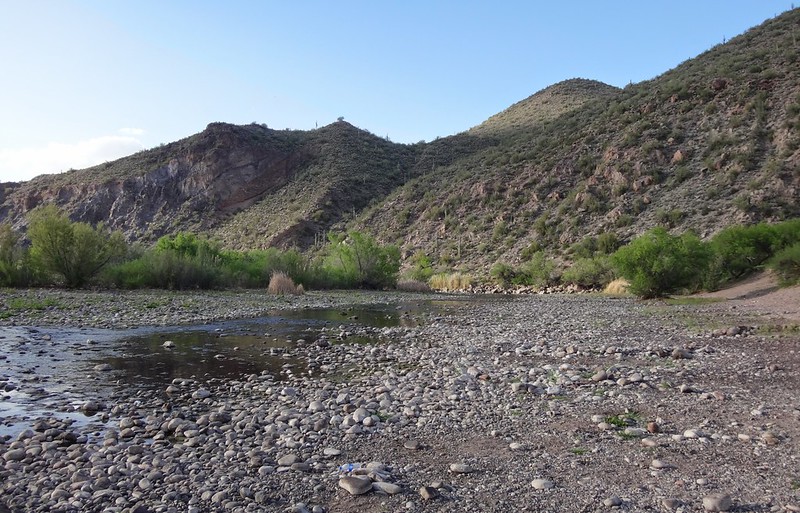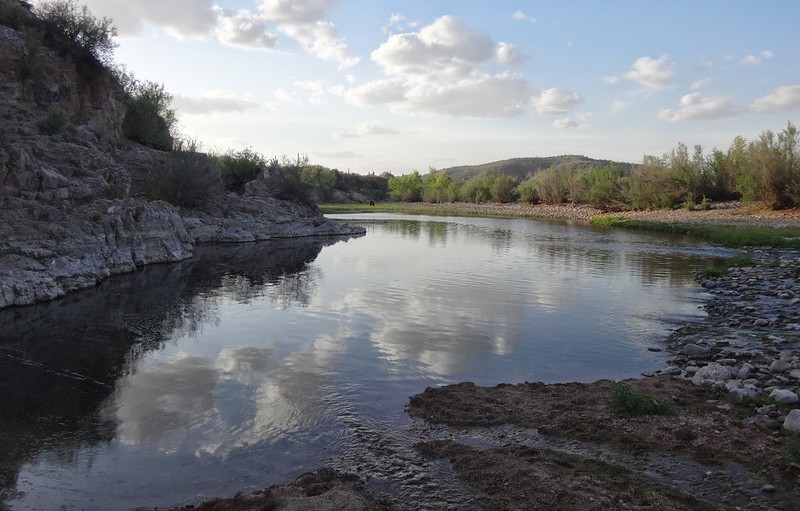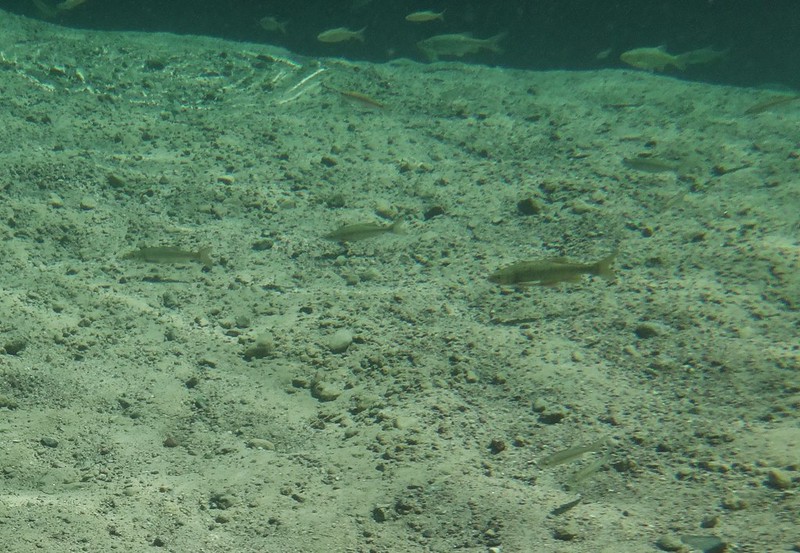Our first stop was a tributary of the Big River in St. Francois County. Rain from Thursday night had muddied up the waters in the Big River, so we only fished the somewhat more clear waters of the creek. No new lifers from this spot, but we did pretty well considering the conditions. The species we encountered but not pictured here include bleeding shiner, stoneroller sp, greenside darter, rainbow darter, orangethroat darter, mottled sculpin, and northern studfish.
Central Longear Sunfish (Lepomis megalotis)

Bigeye Shiner (Notropis boops)

Our next stop was the St. Francis River in Wayne County. The water was much clearer here, so we were better able to sight fish. We again caught no new lifers, but we really enjoyed this spot. The species we encountered but not pictured here include greenside darter, fantail darter, percina sp, longear sunfish, stoneroller sp, shiner sp, logperch, and northern hogsucker. The male stonerollers here were spectacular.
Northern Studfish (Fundulus catenatus)

Rainbow Darter (Etheostoma caeruleum)

Bleeding Shiner (Luxilus zonatus)

In the afternoon we took a look at the Wappapello Dam further downstream on the St. Francis. There wasn't much water coming through the discharge, and the fishing wasn't very exciting. We caught longear sunfish, freshwater drum, channel catfish, and white crappie. We also saw gar, buffalo, and suckers surfacing. As the sun was going down, we drove over to Duck Creek Conservation Area. With headlamps on, Levi caught a redspotted sunfish, and I caught a couple bluegill. We also saw tons of starhead topminnows.
On the second day we met up with our friend Tyler in Poplar Bluff in Butler County. He took us to a park with a small stream flowing into a pond. The stream was loaded up with brook darters, a variant of the orangethroat darter. It felt good to finally catch a new lifer! The species we encountered but not pictured here include bluegill, redspotted sunfish, pickerel sp, and cypress darter.
Brook Darter (Etheostoma burri) - new hook & line species #217

Blackspotted Topminnow (Fundulus olivaceous)

Northern Starhead Topminnow (Fundulus dispar)

Around noon we headed to a tributary of the Black River in Wayne County. This spring fed creek had clear water and plenty of aquatic vegetation. The creek was full of big rainbow darters, but after looking hard enough we were able to find Ozark sculpin. The species we encountered but not pictured here include blacktail shiner, bleeding shiner, central stoneroller, and shadow bass.
Ozark Sculpin (Cottus hypselurus) - new hook & line species #218

I would be content if the only new lifers from the trip were micros, but it's always a nice surprise when I can catch a new "normal" sized fish. The pond above the creek was full of aggressive chain pickerel. I swapped out my microhook for an orange and silver spinner and soon had a hit! We also saw lake chubsucker and banded pygmy sunfish (good reasons to come back in the future).
Chain Pickerel (Esox niger) - new hook & line species #219

In the late afternoon we headed over to the Current River, stopping at a tributary before going to the main river. This creek was full of different kinds of minnows along with a few longear sunfish and rainbow darters mixed in. The only minnow species not pictured here is bleeding shiner.
Striped Shiner (Luxilus chrysocephalus chrysocephalus)

Southern Redbelly Dace (Chrosomus erythrogaster)

Ozark Minnow (Notropis nubilus) - new hook & line species #220

Hornyhead Chub (Nocomis biguttatus)

Central Stoneroller (Campostoma anomalum)

We arrived at the main Current River as the sun was going down. I put on a larger hook (#10 octopus) in hopes of catching some big knobfin sculpin, which were some of my favorite catches from my 2012 Missouri trip. To my surprise, I caught a small redspotted sunfish hiding among the rocks near shore instead. A half hour later I caught another new species, shadow bass, fishing blindly near shore. You can see by the pictures that I had to turn the flash on for the shadow bass. Levi also wanted a shadow bass, so he got out his headlamp to look for them among the rocks. Meanwhile, I spotted a sculpin sitting on a concrete ledge in less than two inches of water. He gobbled up my bait when I put it in front of his face. It looked like a banded sculpin rather than a knobfin, and the complete lateral line and lack of black spots on the first dorsal fin confirmed the ID. The species we encountered but not pictured here include whitetail shiner, bigeye shiner, central stoneroller, hornyhead chub, greenside darter, rainbow darter, pickerel sp, longnose gar, blackspotted topminnow, bluegill, and Black River madtom.
Redspotted Sunfish (Lepomis miniatus) - new hook & line species #221

Shadow Bass (Ambloplites ariommus) - new hook & line species #222

Banded Sculpin (Cottus carolinae) - new hook & line species #223

On the third day we headed up near the I-44 interstate to look for Meramec saddled darters in the Meramec River drainage. The wind had picked up as a front was beginning to move through, making sight fishing nearly impossible. We were able to see one saddled darter, but couldn't get it to bite. The only hook & line catches were mottled sculpin, but we also saw rainbow darters, stonerollers, and smaller minnows.
Mottled Sculpin (Cottus bairdii)

Dark clouds were starting to roll in as we reached our final spot on the Bourbeuse River, so we got out the nets and skipped hook & line fishing. The riffles were full of darters - rainbow, orangethroat, greenside, banded, and fantail - but we weren't able to find our targets, Meramec saddled and gilt. We also netted yet-to-be-identified shiners, stonerollers, stonecats, and this monstrously large leech. It was nearly 10 inches when fully extended!
North American Leech (Macrobdella decora)

Hope you enjoyed the pictures!

























